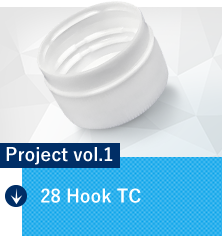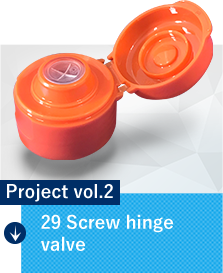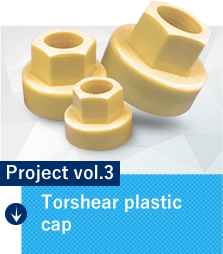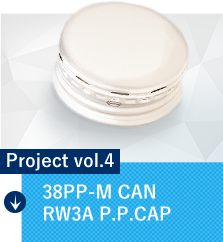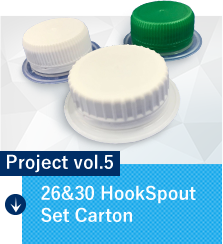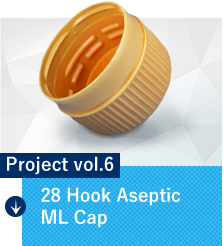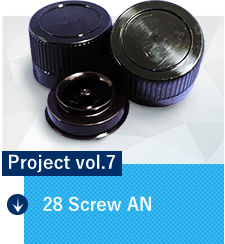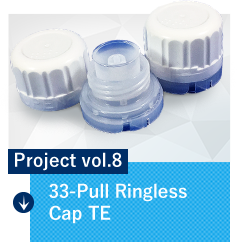
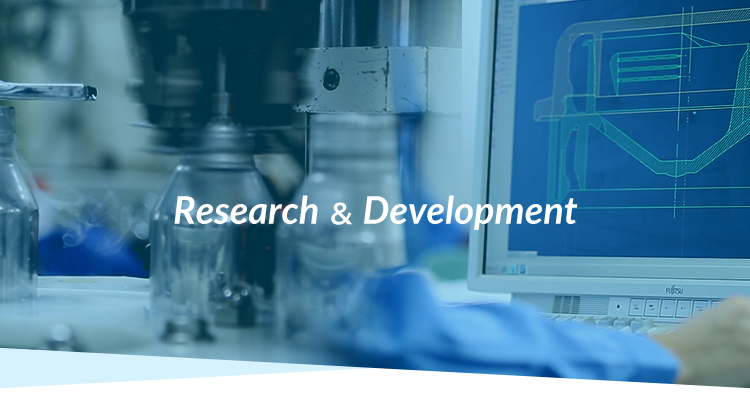
Research and Development Policy
Closures are like “time capsules” that deliver the contents of beverage and food manufacturers’ products to the home without sacrificing freshness or flavor.
Nippon Closures has three core technologies that we have developed over the 80 years since our founding: “Sealing Technology” to protect the contents, “Tamper Evident Technology” to clearly indicate the safety of the contents, and “Easy Opening Technology” for ease of use and ease of opening. With these technologies as our three pillars, we all continue working to develop closures that encompass safety, security, and ease.
We have also long been committed to the development of environmentally friendly products that are “eco-friendly.
We are continuously working to reduce the use of metals and plastics, have added a sorting function to seasoning & condiment caps, and have recently developed and deployed products made from biomass.
To achieve a sustainable future and contribute to the well-being of people and society, Nippon Closures will continue to take on the challenge of creating new value.


